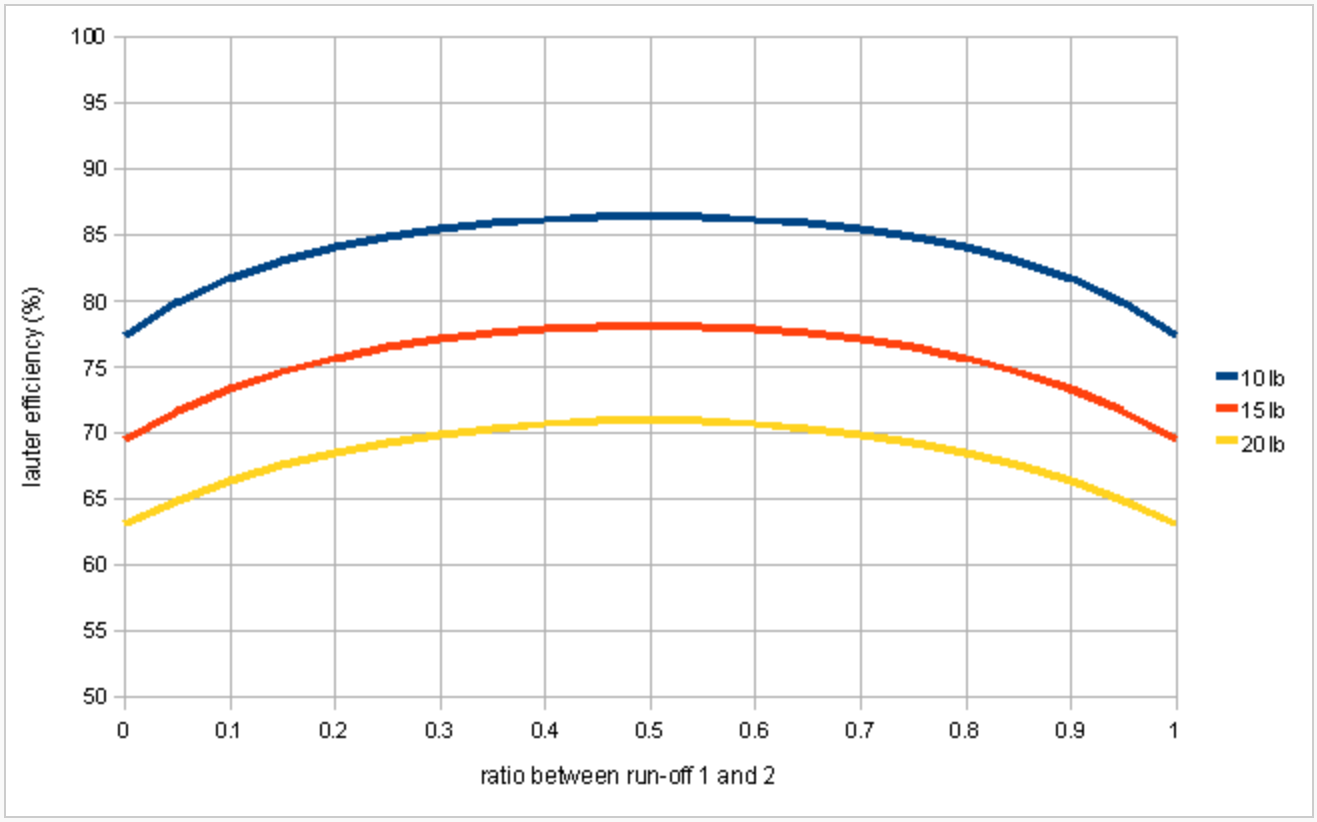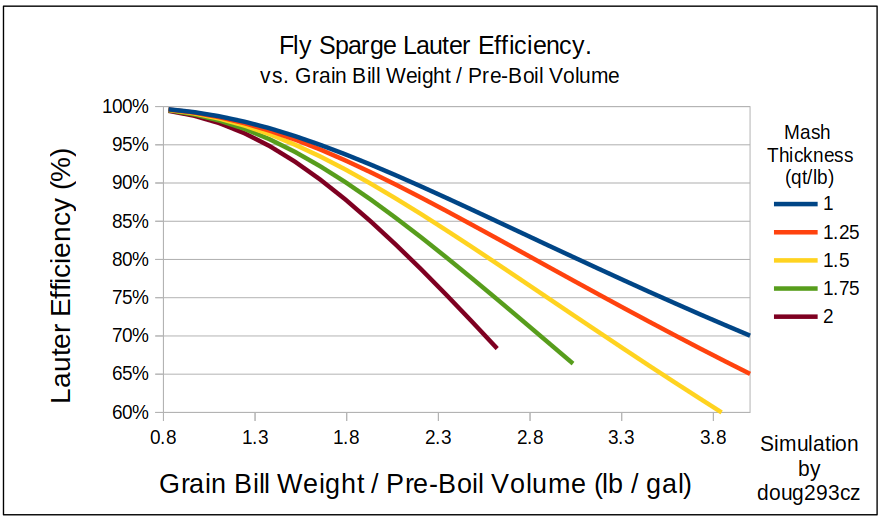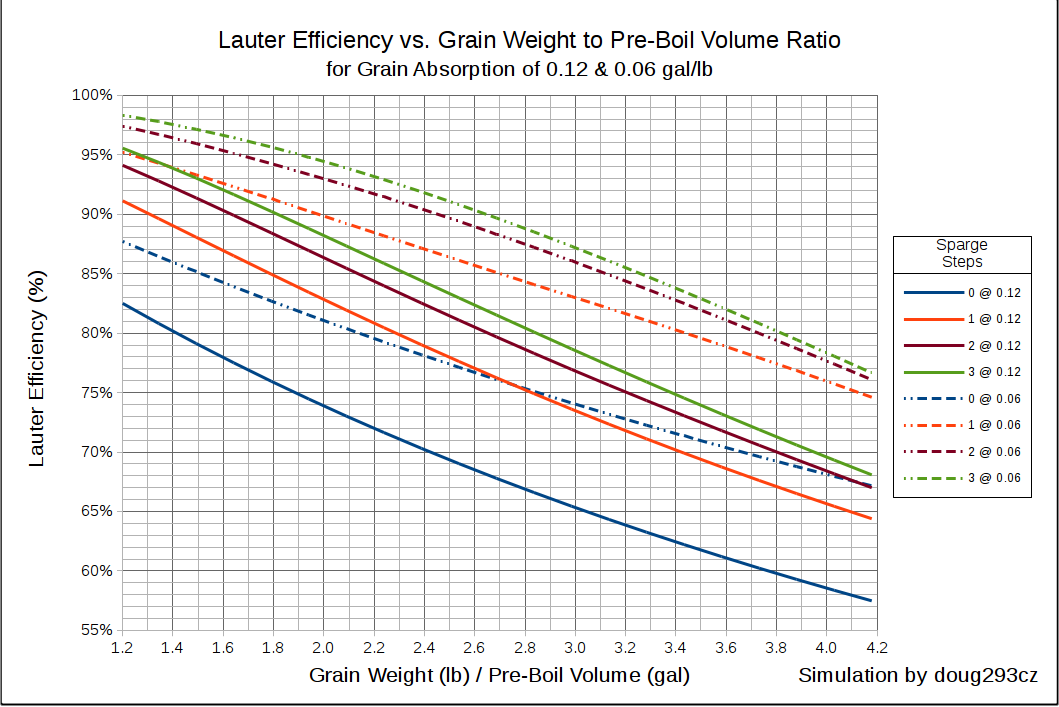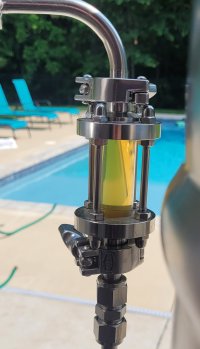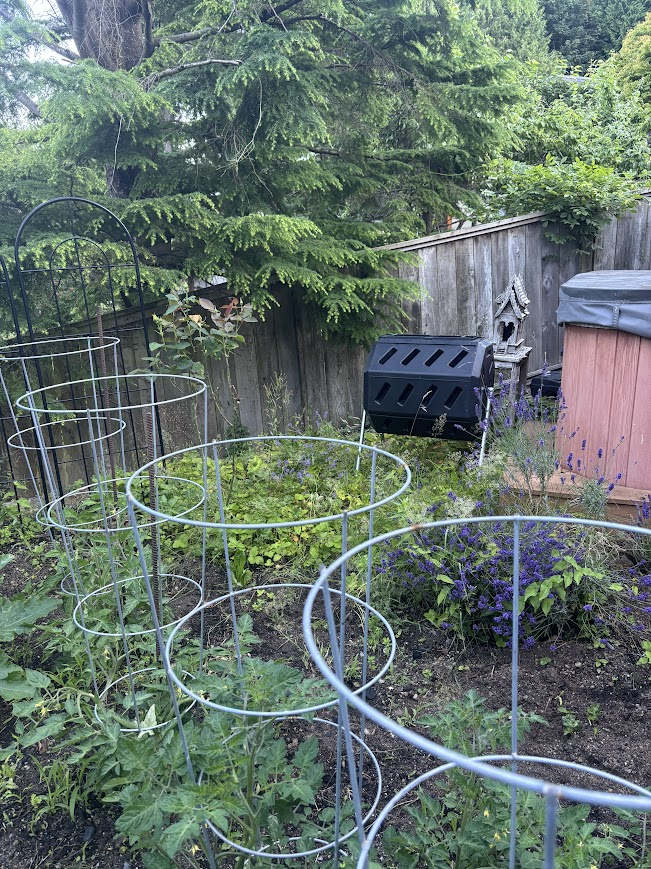- Joined
- May 6, 2025
- Messages
- 286
- Reaction score
- 221
I did a full volume mash and the efficiency was acceptable to me, at least compared to a quick pour over. Not compared to a full fly of course, but that's ok.
I only did it by mistake. I come from the old days when you absolutely had to sparge. That's why we all had 3V. If you had told me that AIO would be acceptable I would not have believed it.
Anyway, I was following a Brewfather recipe. I added the required water, thinking there was some left for sparge in my brewzila. Then realized that damn, I now have a full volume mash. Damn.
But to my surprise, when I pulled it the OG was ok and it make an excellent English Pale Ale. With no sparge. Sorcery!
Maybe it's the recirc? Does an hour of recirc (or vorlauf) pull so much sugar away from the tiny particles of grist and husk that most of the work of sparging is already done by the time the mash is completed?
In other words is modern recirc actually the sparge itself?
I only did it by mistake. I come from the old days when you absolutely had to sparge. That's why we all had 3V. If you had told me that AIO would be acceptable I would not have believed it.
Anyway, I was following a Brewfather recipe. I added the required water, thinking there was some left for sparge in my brewzila. Then realized that damn, I now have a full volume mash. Damn.
But to my surprise, when I pulled it the OG was ok and it make an excellent English Pale Ale. With no sparge. Sorcery!
Maybe it's the recirc? Does an hour of recirc (or vorlauf) pull so much sugar away from the tiny particles of grist and husk that most of the work of sparging is already done by the time the mash is completed?
In other words is modern recirc actually the sparge itself?










































![Craft A Brew - Safale S-04 Dry Yeast - Fermentis - English Ale Dry Yeast - For English and American Ales and Hard Apple Ciders - Ingredients for Home Brewing - Beer Making Supplies - [1 Pack]](https://m.media-amazon.com/images/I/41fVGNh6JfL._SL500_.jpg)














